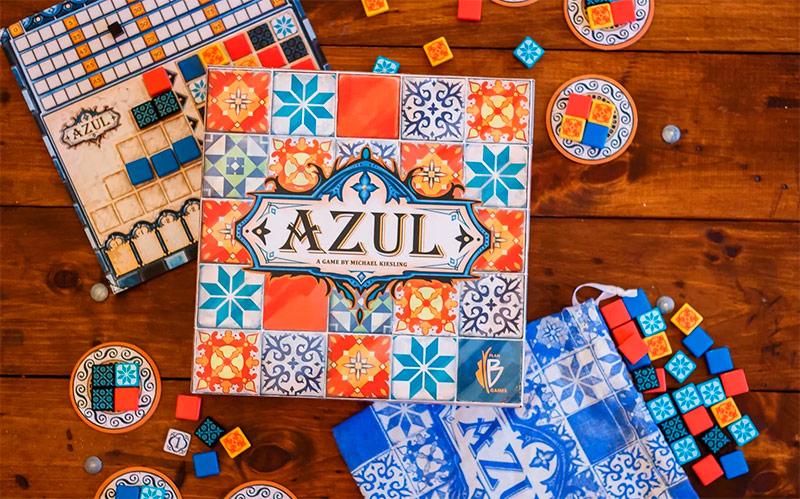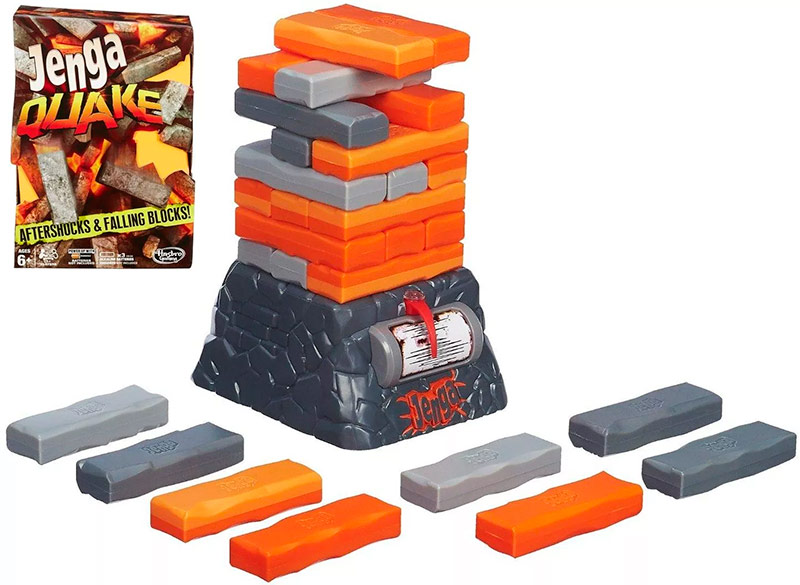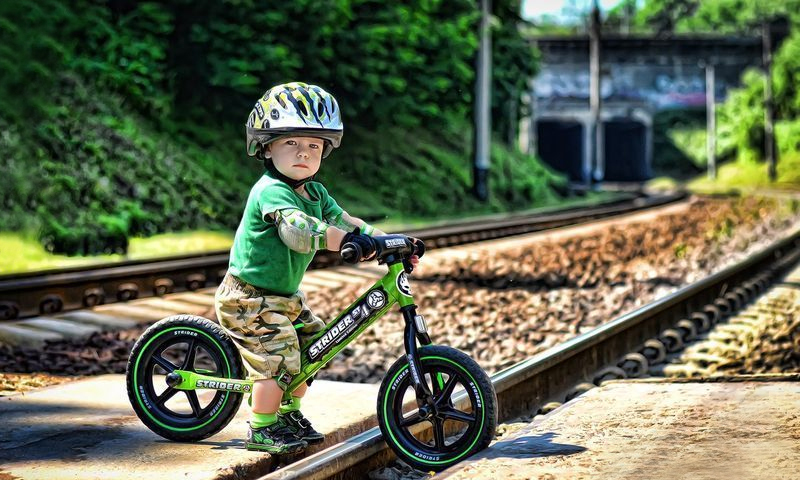If your child is difficult to tear away from the TV or tablet, buy him a board game. Today, there are many colorful and exciting nastol for children of different ages, in which you can play with friends or with your family - and no one will be bored. And our review will help you to choose such a cool game, that your child will definitely like it.

Content:
Intellectual
Insidious Fox - a real detective

The free variation on the theme of Cluedo, which has long been a hit, will not only entertain the kids, but also teach them many necessary things: to think logically, analyze information and interact in a team. Throwing the cubes, the young detectives are following the trail of the criminal, collecting evidence and trying to figure out who of the suspects this time will be Cunning Fox. The game is designed for 2-4 people and is suitable for children from 5 years.
Pros:
- Nontrivial plot, combining elements of strategy, a detective and a walker;
- The unusual set of devices for the game also makes it boring;
- Special cubes with symbols instead of dots, which somewhat simplifies the game for kids;
- Children do not play against each other, which means that there will be less resentment and tears at the finish;
- The rules are made so that young trackers almost always win, but you can change the conditions yourself - then the game will become even more interesting;
- Extremely detailed instructions.
Minuses:
- Little players cannot figure out the rules without adults.
Cortex for children - who smarter than everyone?

The Cortex board game popular all over the world has an adapted version for children from 6 years old. The rules themselves have not changed: players still need to take cards from a general deck with various tasks and collect rewards for their implementation. Here are just all the tasks manufacturers have aligned with the age of young players.
Pros:
- There is a development of children in several directions at once (logic, reaction, memory, attentiveness, mental arithmetic, etc.);
- There are a lot of tasks in the children's version of 90 cards and not one is repeated;
- Added tactile cards, where items need to learn by touch;
- There is a version for older children (8+) - there tasks are more difficult and interesting for schoolchildren.
Minuses:
- After several sets, all the cards become “familiar” and the interest disappears - all that remains is to play for speed.
Azul - the most beautiful puzzle

In this unusual game there is something from mahjong, lotto with kegs and collecting colored chips in rows. The rules are quite complex, and the process itself is divided into several stages, so Azul is recommended for children over 8 years old.
Players will first have to assemble a collection of multi-colored tiles, and then post a beautiful mosaic in their field, trying to fill a vertical or horizontal row to get the maximum points.
Pros:
- Elegant, colorful design;
- Thick plastic tiles that do not need to be scooped off the field;
- You can not only make your game, but also break the plans of the enemy, taking the chips he needs at the first opportunity;
- It is easy to count points without keeping records - there are special fields on the game cards;
- The game does not tire and does not bother.
Minuses:
- The price is about 3,000 rubles, but the quality of performance is high.
Fun
Keskife? - noisy, fun and active game

A fun game that will allow children over 8 years old to fool around and have some warm up. Players are given cards with the same list of numbered tasks (swing a child, speak a fictional language, depict a kangaroo), which of them all must be performed - will determine the abandoned blocks.And only one participant gets the card "monkey", which means that he will have to repeat the movements of the others, not understanding at all what is happening.
Pros:
- Surprisingly mobile game for the desktop;
- Helps to develop observation - at the end of each set, players try to calculate the "monkey";
- A large number of tasks (over 200);
- In fact, there are no losers - everyone is just having fun.
Minuses:
- To play it was interesting, you need at least 4 people.
Blue elephant - for the little ones

Even kids of 2–3 years old who are not able to count can play this hodgy game at the same time (at the same time numbers up to 6 will be taught). Instead of a flat playing field, a volume slide in the shape of an elephant with a ladder is used here, and you need to walk on it.
The chip that used to climb up will be able to slide down the slide and take toy cards from the sandbox, and then return to the ladder again. The one who has the most such cards at the end of the game will win.
Pros:
- One of the few board games that children from 2 years old can play;
- Simple rules can be adapted for older guys (5+);
- Includes 2 different dice to choose from - with numbers and dots;
- Bulk wooden chips, figurines, to make it easier for kids to hold them in their hands;
- No small items that children could swallow.
Minuses:
- Despite the ability to adapt the rules, older children such a short hodilka quickly get bored.
Activity - we play a guessing game

A whole family of games with one common set of rules. Participants are divided into teams and in turn perform tasks that have fallen on the cards: they show pantomimes, draw or explain a hidden word with the help of associations. The rest must guess the phrase from the card within the allotted time and get victory points in order to push their team's chip along the playing field to the finish line.
Pros:
- Many variants of the game for children of different ages (from 4 years old), as well as teenagers and adults;
- There are road versions;
- A large number of cards and tasks;
- The game for the smallest used convenient and safe large chips.
Minuses:
- Not every version of the game has an hourglass, although it is more interesting to play “Activi” for a while.
Dexterity and Motility
Jenga (Genga) - better than the designer

Both adults and children love this megapopular game. Of course, it’s impossible to call it completely desktop - many prefer to assemble the turret directly on the floor, but the essence does not change. Jenga is better than any other toys to teach a child to focus and control his body. And she gives parents not one hour of silence, occasionally interrupted by the roar of scattered blocks.
Pros:
- Develops hand motor skills and perseverance;
- You can play alone, with friends or parents;
- Natural material - bars are made from the usual solid wood;
- Large selection of "towers" on sale, differing from each other only by the number of blocks;
- Price, as a rule, does not matter - you can find a cheap set of decent quality;
- Never bothers, and if the child is already easily coping with his tower, you can always buy another set of bars.
Minuses:
- Falling tower creates a lot of noise.
Gobbit - check for reaction

Almost a card game, but with its own rules. Here on the cards are depicted insects, chameleons and snakes of different colors, which can attack smaller ones or defend themselves against their larger enemies. To do this, after each distribution, children should quickly cover their weak card with their palm — their own or someone else’s. Whoever turns out to be more attentive and quicker will win.
Children from 6 years old can play Gobbit, the optimal number of participants is from 2 to 8.
Pros:
- Does not bother and does not get bored;
- Develops reaction and coordination of movements;
- According to the rules, even a retired player can continue to participate in the “hunt”;
- Children like games where you can move - well, or at least beat the table with your palms.
Minuses:
- At the time of the game it is better to remove from the table all the beating - the naughty participants will sweep away any objects from it.
It will be interesting to friends too







